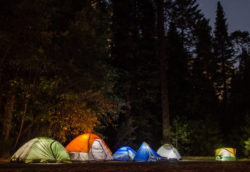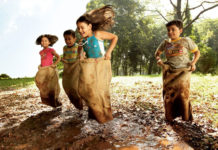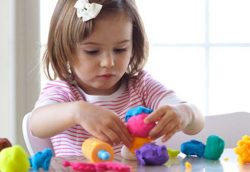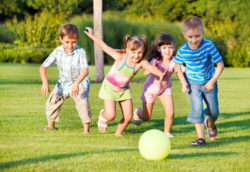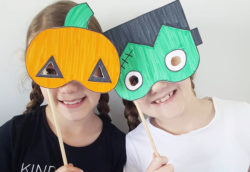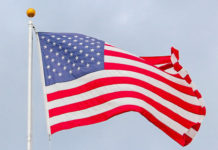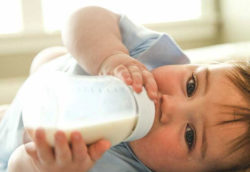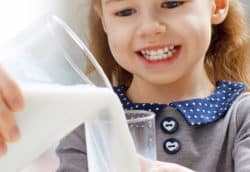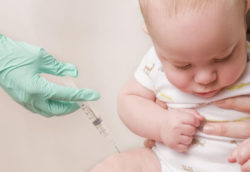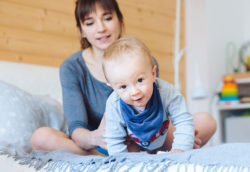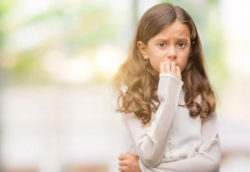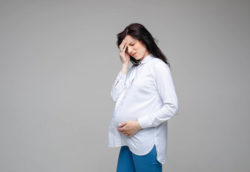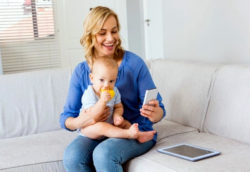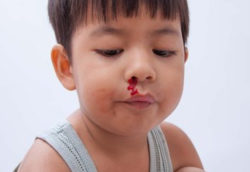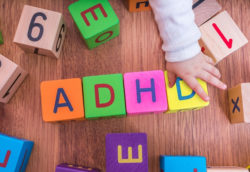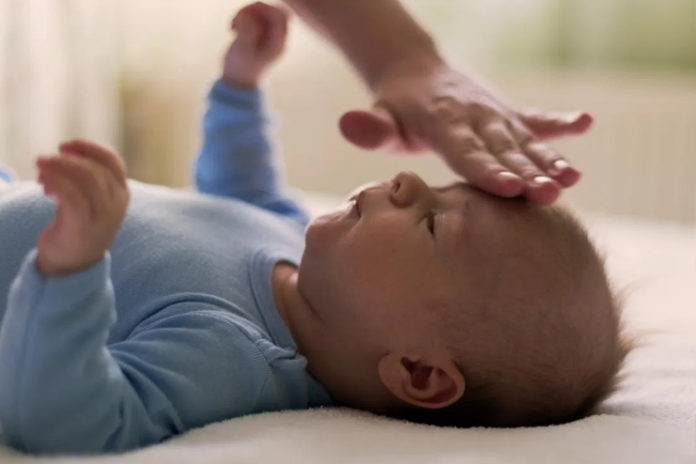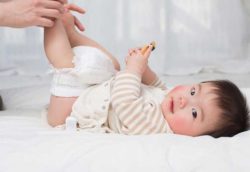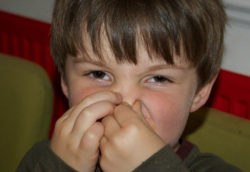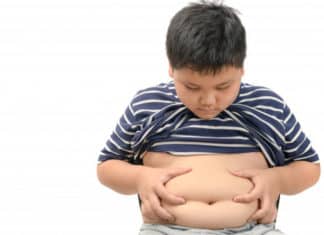High fever in the babies is one of the major concerns for the parents. Parents should what is normal temperature and what is dangerous temperature for the baby? You should be equipped with the enough knowledge to comfort your baby.
Fever is most common if your baby is fighting with some other infection. An occasional fever is generally a common sign of healthy immune system. Fever may make the babies sick and inactive.
This article causes and effects of high fever in babies. It presents some remedies and tips to prevent high fever in babies.
What Is a High Fever In Babies?
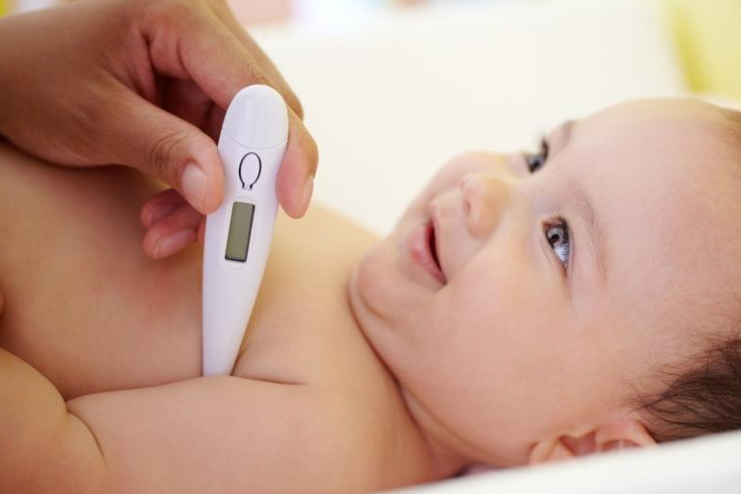
A rectal temperature of more than 100.4 degrees Fahrenheit is considered as a Fever. In most of the cases, fever indicates that your baby is fighting with some other infection. Fever is the response of your baby’s body to some kind of infections like cold and cough.
Babies may get fever in response to even some uncomfortable situations including teething, diarrhea, some kind of skin rashes, diaper rashes etc.
Here is how to recognize that you need immediate medical attention:
- For the babies below 3 months of age a temperature of 100.4 degrees Fahrenheit is considered as high fever.
- For the babies between 3 to 6 months of age temperature of 101 degrees or higher is regarded as high temperature.
- For the babies older than 6 months of age temperature of 102 degrees Fahrenheit is treated as a high temperature.
What Causes High Fever In Babies?
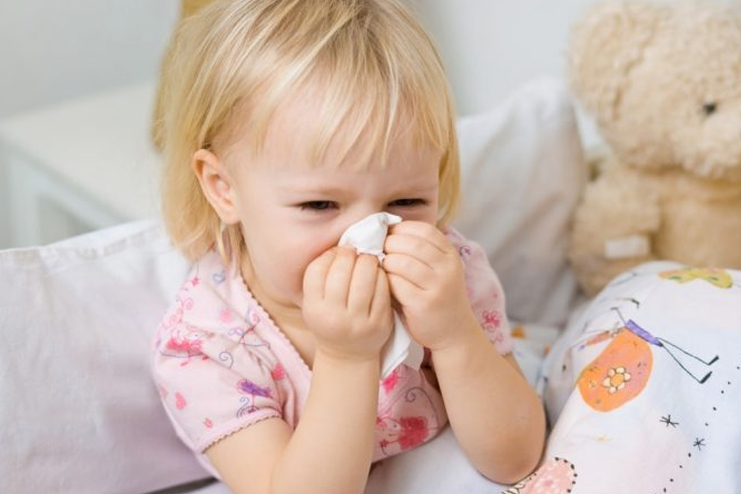
Fever is usually symptom of illness. In babies, fever may be the response of injury, infection, or an inflammation.
Few common causes of fever:
1. Effects of Vaccination: Acute fever may be the result of side effects of some of the vaccinations and drugs. Fever may be noticed in babies within 24 hours after the vaccination is given.
2. Skin Infections: Skin infections like Eczema, diaper rashes may cause fever ranging from 100-102 degrees Fahrenheit in the babies below 1 year.
3. Cough and Cold: Cough and cold are the most common infections that may cause the temperature to raise both in the adults and babies.
4. Weather Conditions: If the outside temperature is too hot. It may also raise the baby’s temperature. Always make sure to maintain your baby’s room temperature at the moderate level.
Teething can cause fussiness and sore gums in your child. Teething slightly increases the body temperature. But, it can not increase the temperature that is strong enough to cause a fever.
Symptoms of Fever in Babies:
Here are a few signs and symptoms of fever in babies:
- Constant vomiting or diarrhea
- Your baby may often pull the ears
- Fussiness and no appetite
- Pale appearance
- Skin rashes
- Sore throat
- Stiff neck
- Difficulty in breathing
- Wheezing or breathing problems
Side Effects of High Fever in Babies:
Normal Fever alone in most of the cases is not dangerous. High fever can be dangerous in rare cases.
- Dehydration is one of the most dangerous side effects of fever. Medical help is required if your baby refuses to drink and shows the signs of dehydration. Dry mouth and lips are the most common signs of dehydration.
- Brain damage occurs when the temperature raises to 107 degree Fahrenheit. It is a very rare situation. Even the untreated fevers can not go beyond 105 degree Fahrenheit.
- High fevers may cause seizures in children. This mostly occurs due to the abnormal electrical activity in the brain.
Ways to take baby’s temperature:
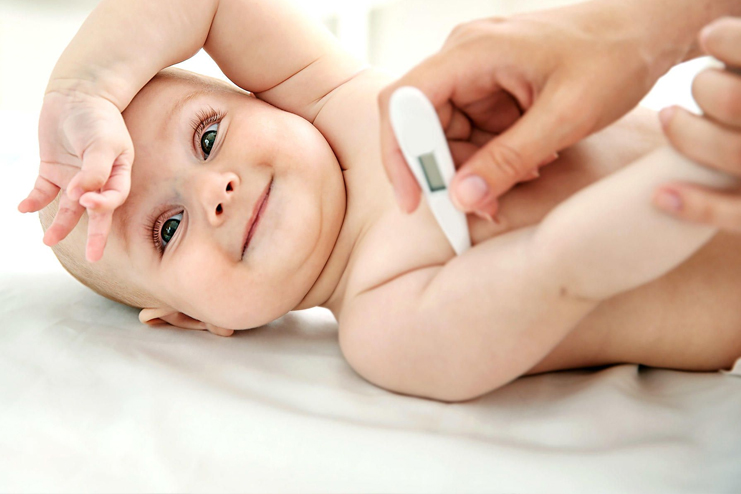
You can recognize your baby’s temperature by touching the forehead. Only a thermometer can tell how much temperature your baby has. Here are a few ways that you should know to record your baby’s temperature.
Digital Thermometer:
You can measure the temperature using the digital thermometer by placing it in the mouth or under the arms.
It records the temperature when the sensor located on the tip of the thermometer touches the specific part of the body. You can notice the temperature in the newborn babies by placing it in the bottom.
Temporal Artery:
You can place this over the forehead of your baby to measure the temperature.
It records the temperature by reading the infrared heat waves released by the temporal artery running across the forehead just below the skin.
Tympanic:
It is most commonly used instrument to record the temperature in the recent days.
It records the temperature by reading the infrared heat waves that are released by ear drum. It needs to be placed properly in the ear canal for the accurate temperature.
Home Remedies for High Fever in Babies:
Here are a few home remedies to treat fever in babies:
1. Cold Compress:
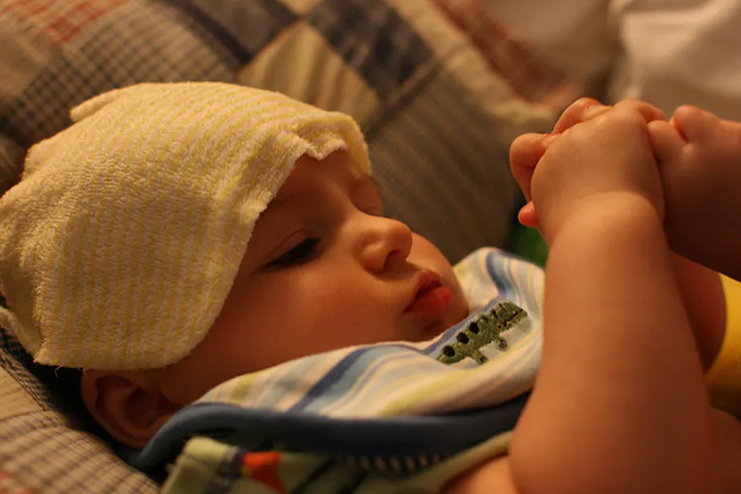
This is the very first step to be followed to comfort your baby. This is one of the effective ways to treat high fever in babies. Dip the wash cloth in cold water, squeeze the excess water and place it over the forehead and stomach of your baby and leave it for few minutes. Again dip it in the cold water and repeat this procedure for several times a day till the temperature gets controlled.
Do not use the same cloth for the next time cold compress without washing the cloth.
2. Keep your baby hydrated:
Dehydration is more common during the fever. This helps to prevent high fever in babies. Keep your baby hydrated. Give enough amounts of fluids for the older babies. If your baby is below 6 months breastfeed your baby regularly.
3. Lemon and Honey:
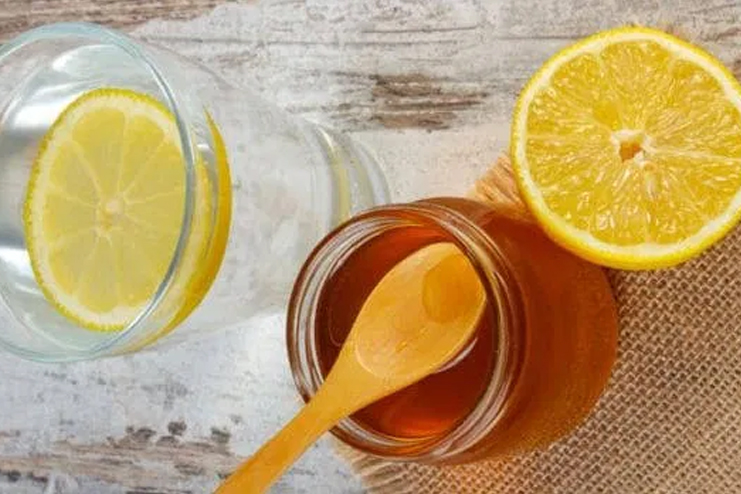
Both Lemon and Honey are the immunity boosting medicines.
Take one tablespoon of lemon and some honey to it. Give this to your baby twice a day to recover easily from the symptoms of fever.
Note: It is not recommended to give this remedy for the babies under 1 year. Studies show that honey may offer botulism in the babies below 1 year.
4. Egg Whites:
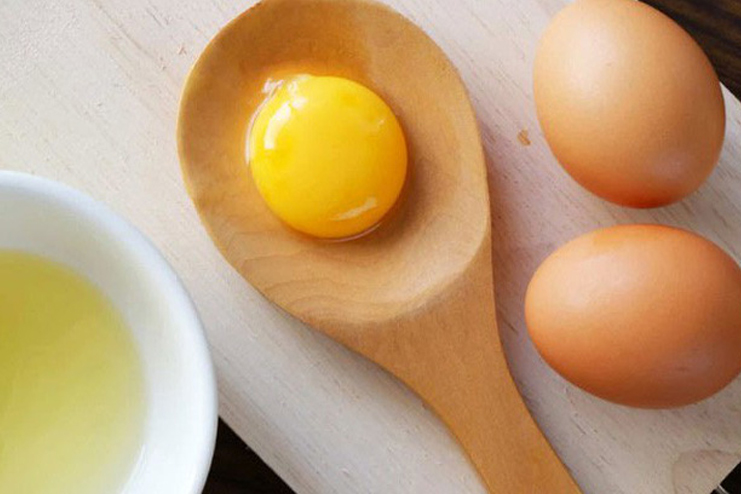
Egg whites are the primary source for the egg. It is a low caloric food. It maintains the blood pressure and lowers the risk of heart attacks. It is the effective tool to absorb the heat. It absorbs high amounts of thermal energy from the surroundings as it dries.
Beat the egg and separate the egg yolk from it and beat it properly to ensure that it is smooth and free from the clots.
- Dip two wash clothes in the egg whites solution and allow them to get soaked for one minutes.
- Gently wrap these soaked clothes around your baby’s feet and cover them with a pair of socks to ensure that they are in place.
- Leave this for about one hour. You can notice the drop in the temperature once it is removed.
5. Ginger Bath:
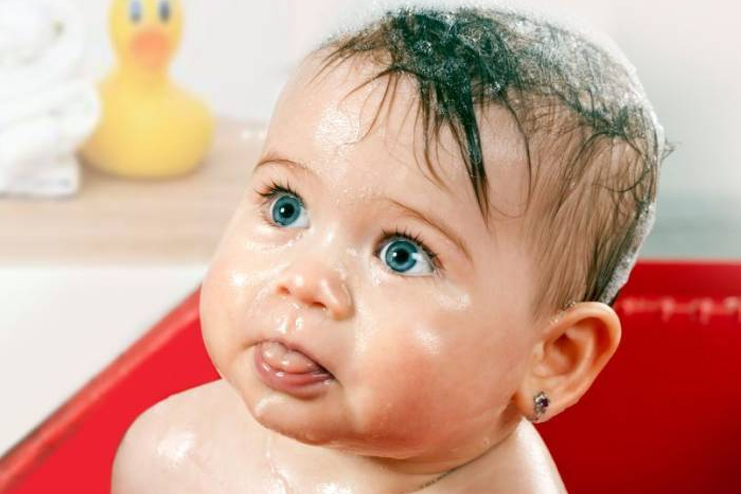
Ginger is the effective medicine to treat the skin infections. It has around 40 antioxidant properties to prevent free radical damage.
Mix about two tablespoons of ginger in the bathtub with lukewarm warm. Give your baby a bath for about 10 minutes. Ginger helps in flushing out the impurities by inducing the sweat.
6. Dress your baby in appropriate clothes:
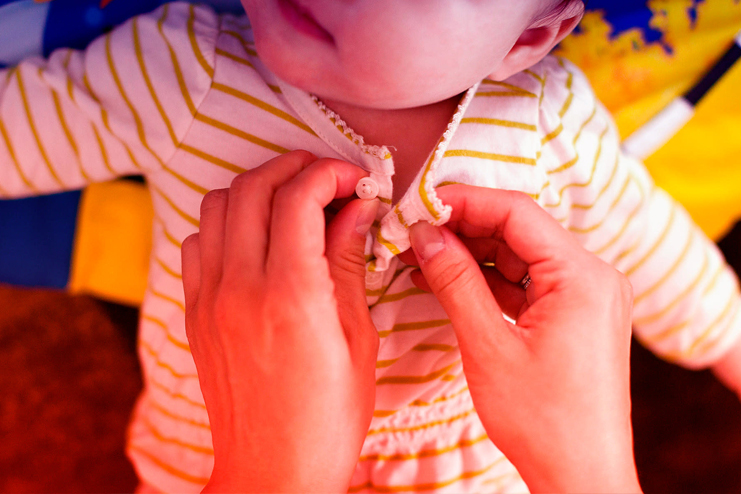
Don’t dress your baby in multiple layers. This may increase their temperature further. Dress your baby in a single layered light and breathable materials. Remove the blankets and put on the fan if required.
7. Offer your baby lukewarm bath:
Give your baby lukewarm bath in a tub or sponge. This method reduces the temperature by evaporating the water from the body. Don’t offer bath to your baby with the water at the room temperature as this may worse the fever.
8. Onion:
 Onions help in curing the sore throat, cough, cold, and high fever and helps in boosting the immunity.
Onions help in curing the sore throat, cough, cold, and high fever and helps in boosting the immunity.
Cut the onion into slices and rub 2-3 slices on your baby’s feet for about 2 minutes. This remedy helps in relieving the fever and the pains offered by the fever.
Note: It is a folk remedy and do not try this with newborn babies.
9. Mustard Oil and Garlic Massage:
Mustard oil when combined with garlic becomes effective remedy for flushing out the toxins by promoting the sweat.
- Take 2 tablespoons of mustard oil and heat it for about 30 seconds.
- Add one teaspoon of garlic paste to the mustard oil. Heating of the oil makes easier for the paste to dissolve in the oil.
- Leave this mixture aside for few minutes and allow it to return to the room temperature.
- Massage your baby’s chest, back, neck, palms, and feet with this mixture.
This massage is mostly preferred before the bedtime.
10. Probiotics:
Probiotics can help your child to have a proper immune system. Almost 80% of the immune system lies in the tiny microbes of the gut. To help your baby strengthen the immune system when they are sick offer a dose of probiotics prescribed by the doctor. Daily dosage of probiotics can prevent them from falling sick.
It was suggest by the American academy of pediatrics that children aged 3-5 years who took probiotic supplements daily for 6 months are less likely to be affected by the cold, cough, and fever.
11. Fruit Popsicles (Above 2 Years)
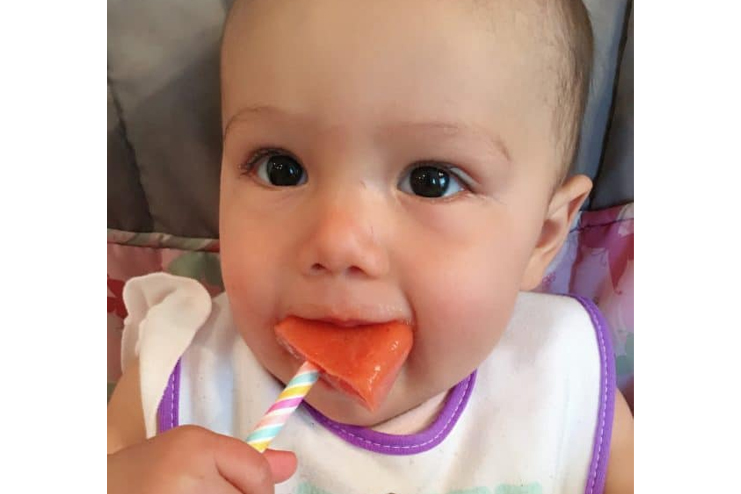
Fruit popsicles are the great way to soothe your older child. Iced popsicles help in reducing the body temperature from the inside and keeps them hydrated at the same time.
Freeze the pureed fruits in the popsicle molds to make the fruit popsicles on your own. Avoid the popsicles with added sugars.
12. Nourishing Soups:
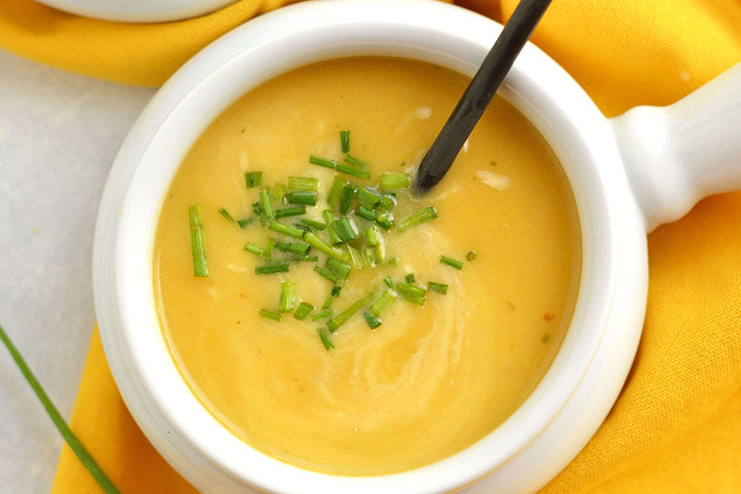
Hot and tasty soups are the great choice to offer comfort to the sore throat and keep your baby hydrated. Fever may make the babies to sweat excessively and lose the minerals.
A bowl of hot soup will make the babies feel better and helps them to digest their food easily. Always prefer the homemade soups and avoid the artificial instant soups.
13. Apple Cider Bath:
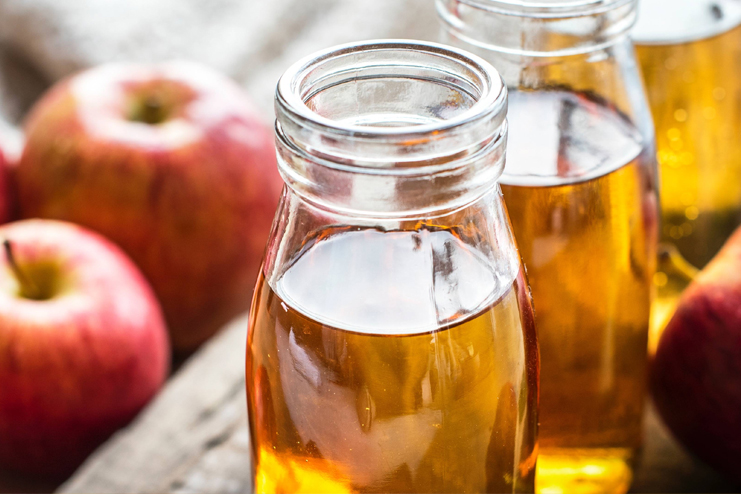
Apple cider vinegar has many health benefits and improves digestion. It can also be used externally to reduce the temperature.
Add a cup of Apple cider vinegar to your baby’s bath tub. Always prefer the lukewarm water for your baby’s bath. Ice bath’s may shock your baby’s internal temperature and may not be so effective in bringing down the temperature.
Do’s and Don’ts while your baby have Fever:
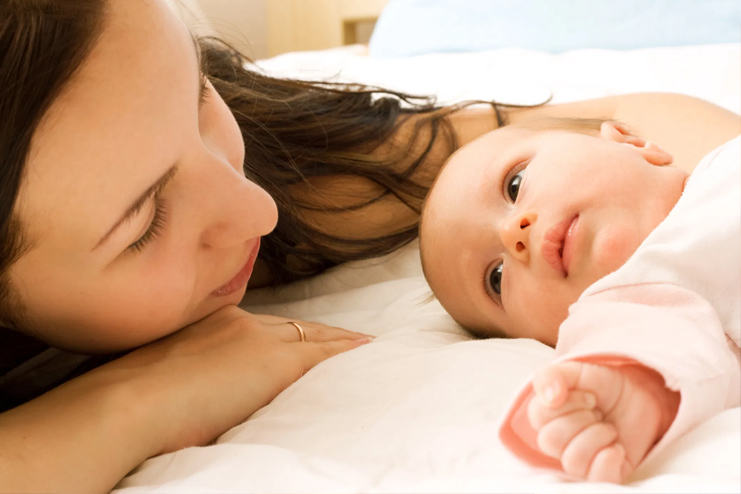
Here are a few things that you should know when your baby has fever:
Do’s :
Make sure to keep your baby hydrated. Breastfeed your baby regularly.
Make sure that your baby’s room temperature is cool and well ventilated.
Avoid taking your baby to outdoors and crowded places.
Give your baby prescribed medicine, usually paracetamol for the low temperature.
Don’ts:
Don’t not dress your baby in many layers of clothing
Don’t give your baby under 2 months any kind of medication without prescription.
When to see a doctor for high fever in babies ?
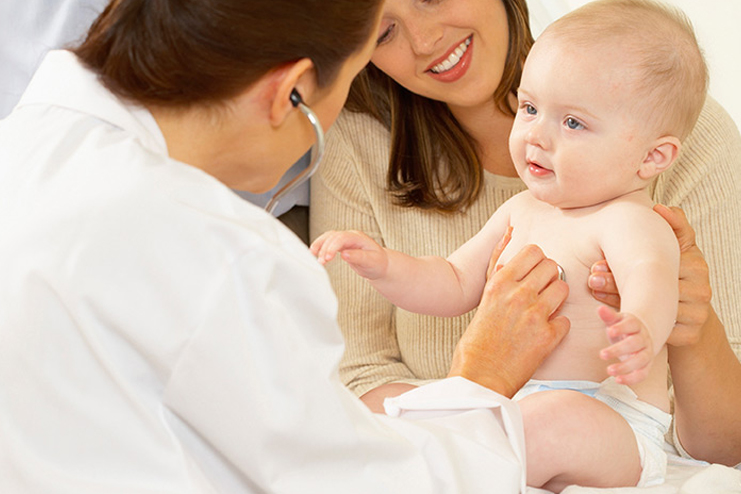
Fever usually resolves on its own in 2-3 days. If your baby shows any of the following symptoms your baby needs immediate medical attention.
- If your baby is drowsy and unresponsive
- The baby is younger than 3 months
- Baby does not seem well even after the use of antibiotics.
- Difficulty in breathing
- If your baby has a rash that does not go away on its own easily.
- If your baby often cries loudly
- Frequent vomiting
- A soft spot on the top of their head
- Any sign of dehydration
- Any specific complaint like sore throat and ear ache.
- If your baby has any difficulty in sleeping
- Stomach pain and headache
- Pain while passing the bowel movements.
Tips to Prevent High Fever in Babies:
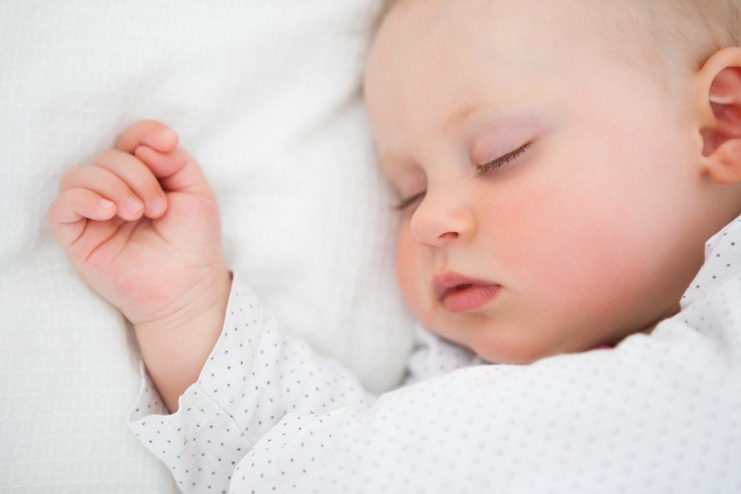
Here are some important measures to follow while dealing with the high fever in your baby:
- Use hygiene tips that prevent the spread of virus and infections
- Wash your hands with soap and water
- When you are affected by cough and cold, your baby is also likely to have it. So cover your mouth and nose properly while coughing and sneezing.
- Immunize your child properly as per the schedule.
- Include more fruits and vegetables in your baby’s diet as soon as they start the solid foods.
- Allow your baby to have sufficient sleep.
- Use fan in your baby’s room to keep the air circulating
- Avoid using extra blankets.
In conclusion, fever is one of the most uncomfortable situations in your baby. It is more important to recognize how they react than reading the temperature on the thermometer for the effective treatment.

